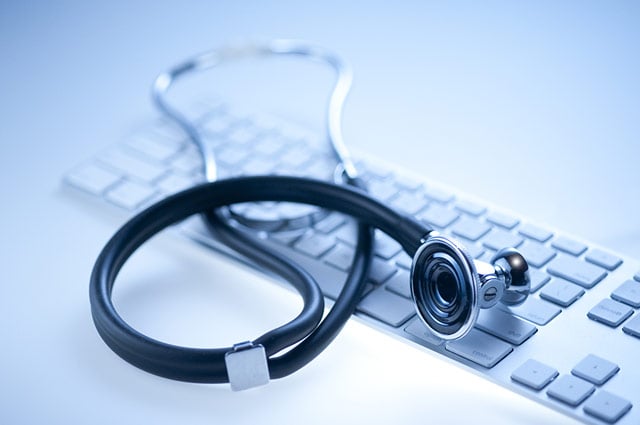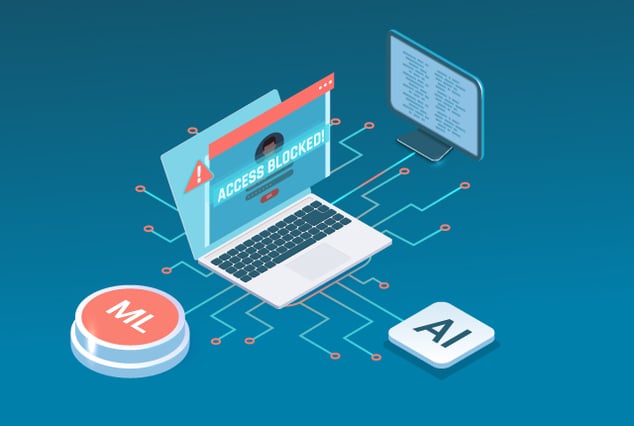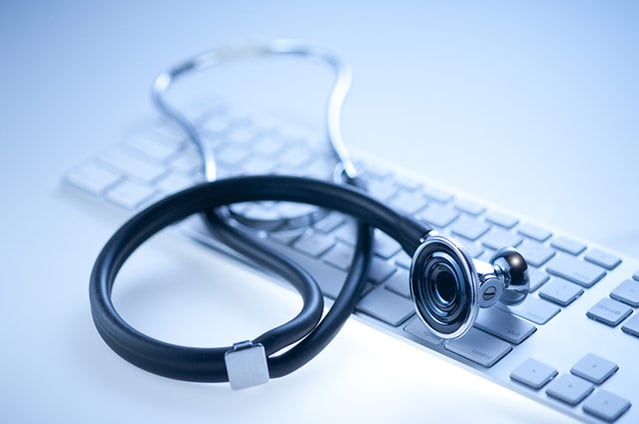
Most healthcare enterprise applications are loaded with critical data related to patients and the various organizations they serve. This can include health records, payment information, account details, and identity details. Due to the incredible sensitivity of this data, thorough software security testing is a necessity for healthcare applications so that critical information doesn’t fall into the wrong hands.
By “wrong hands,” we mean criminals in the identity theft business, hackers skilled in malware and phishing schemes, and cyber-attackers aiming to hold critical files or your entire system hostage by ransomware.
While these scenarios may seem extreme, these situations sadly occur more often than expected. And attackers are expecting you to not anticipate the risk.
Stop the attacks before they start with strong security checks throughout your healthcare software testing process. Your team can develop a robust defensive strategy by continuously executing all types of security healthcare application testing, including mobile application security testing, throughout your development cycle.
Types of Software Security Testing in the Healthcare Domain
Security testing is not one type of test. Rather, it is an overarching term for a variety of tests performed to verify that the healthcare application is built without exploitable weaknesses and can protect itself against all threats.
Discover in the healthcare domain tutorial the types of software security testing your team should execute before pushing the product to market.
- Penetration Testing : Also known as pen testing or ethical hacking is a healthcare software testing practice that exploits the vulnerabilities of the healthcare software system within a safe testing environment. The process can be performed manually or through automated testing and includes gathering information about the target prior to the test, identifying all possible entry points and attempting to “break in” to the system to verify the system’s level of security protection from unauthorized users.
- Application-Level Testing : Commonly referred to as app-level testing, this healthcare application testing technique ensures that the software doesn’t carry out any malicious actions. When testing for security, testers validate specific security-related scenarios from the perspective of the UI layer by carrying out functional or scenario test scripts.
- Testing DoS and DDoS Vulnerability : This type of software security testing simulates DoS (Denial-of-Service) and DDoS (Distributed Denial-of-Service) attacks under controlled conditions with real traffic in order to understand how well your environment, mitigation and team can withstand DoS and DDoS attacks.
- Security Code Review: This process identifies and fixes potentially risky security vulnerabilities within the software’s code. Testing for these vulnerabilities early prevents issues or large development fixes during the later stages of a development cycle. This code review is also essential as a final review to check that the system’s code is safe and sound before market launch.
Specific Roles of Software Security Testing in the Healthcare Domain
These security checks provide more insight on the integrity of your healthcare software beyond its ability to withstand unauthorized threats. In fact, security healthcare application testing is designed to confirm how well your system is structured in protecting key data throughout the entire experience for all system users.
Explore the specific roles of software security testing for healthcare applications in this healthcare domain tutorial:
- Protecting PHI
Security testing uncovers all vulnerabilities and potential risks associated with protected health information (PHI). Decryption attempts and other attacks are also revealed by strategic security testing. To ensure that your application meets HIPAA compliance, PHI must be completely secure. Strong software security testing practices confirm that: - PHI doesn’t appear in URLs
- Proper caching procedures are in place
- SSL protocols are enforced
- Application timeouts consistently activate
- Access controls are gated and tokenized
- Validating Data Storage
Of course data being transferred must be kept safe, but stored data must also be secured. Security testing helps ensure that your data storage techniques, whether encrypted or plain-text, are safe. On a broader scale, it provides an analysis of your current security solution, your encryption technique, and your policy-based data management. - Validating Security Techniques
Do you use two-way authentication or an encryption algorithm to safeguard your application's data? Security tests during your healthcare software testing process provides a complete evaluation of your specific mechanism to ensure safety. - Protecting Data Transmission
Applications support data exchange across email, cloud storage, and mobile devices. The data should be properly encrypted and protected against unauthorized access at every stage of that exchange. Especially during transmission, this data can be life-altering, and proper security testing ensures that it is shared as intended when the following protocols are in place: - Strong firewall controls are in place for supporting data transmission across devices.
- Data transmission over cloud and web interface must be transmitted over SSL and use only strong security protocols, such as TLS
- Data transmission over email must be secreted using cryptographically strong email encryption tools.
- Users must have access to compliant file encryption tools in order to have system permission for sending emails with sensitive data.
- For non-web data transmission, implement network level encryption such as IPSec or SSH tunneling where application level encryption is not available.
- Validating Identity and Access Management
Security loopholes become vulnerable access points for attackers, especially if your system doesn’t have Identity and Access Management (IAM) policies in place. Security testing can detect how well user roles are defined and managed throughout the software, so that access approval/denial and access privileges are not weak spots within the system. Performing these kinds of security checks allows your team to improve identity validation and mitigate any attempt to breach patient privacy. - Assessing Risk Before Release
Your application's level of risk can be known before your scheduled release. This will provide your team plenty of time to find, diagnose and fix all related threats and vulnerabilities within the software when performing security checks during your healthcare software testing cycle. - Improving Software Quality
Safer software is inherently better, especially in the healthcare domain. The ability to find bugs during the initial stages will reduce overall cost while ensuring a high-quality product at release time. - Building Trust and Confidence
HIPAA compliance is the stamp of approval, and testing for security throughout your healthcare application testing process is required to attain it. Confidence in an application is why organizations decide to use it, and why investors decide to invest in it. Security testing goes a long way in building trust, and it can help boost the growth of your business in the long run.
Setting Up Software Security Testing in the Healthcare Domain
As covered in this healthcare domain tutorial, expanding upon your security measures within your healthcare software testing prohibits any kind of threat from infiltrating your software application. This upfront investment pays off by preventing costly, dangerous attacks. But security testing your healthcare application is an investment in time and resources, so make every minute count by aligning your security testing procedures with all healthcare industry best practices.
Unsure how to start? Consider working alongside a professional QA services provider like QASource. Our team of testing experts are skilled in security testing for healthcare applications and can guide your team towards establishing strong security testing practices within your development cycle. We can also ensure that your team meets all industry standards and all healthcare regulations, including HIPAA. Get in touch with a QASource expert today.





